Have you heard of Abraham Maslow’s hierarchy of human needs? The American psychologist developed a list of physiological and psychological
requirements that we have to meet in order to reach self-actualisation. Maslow argued that fulfilling basic physiological needs is the
priority for most people, well before we are able to reach our full potential as a human being.
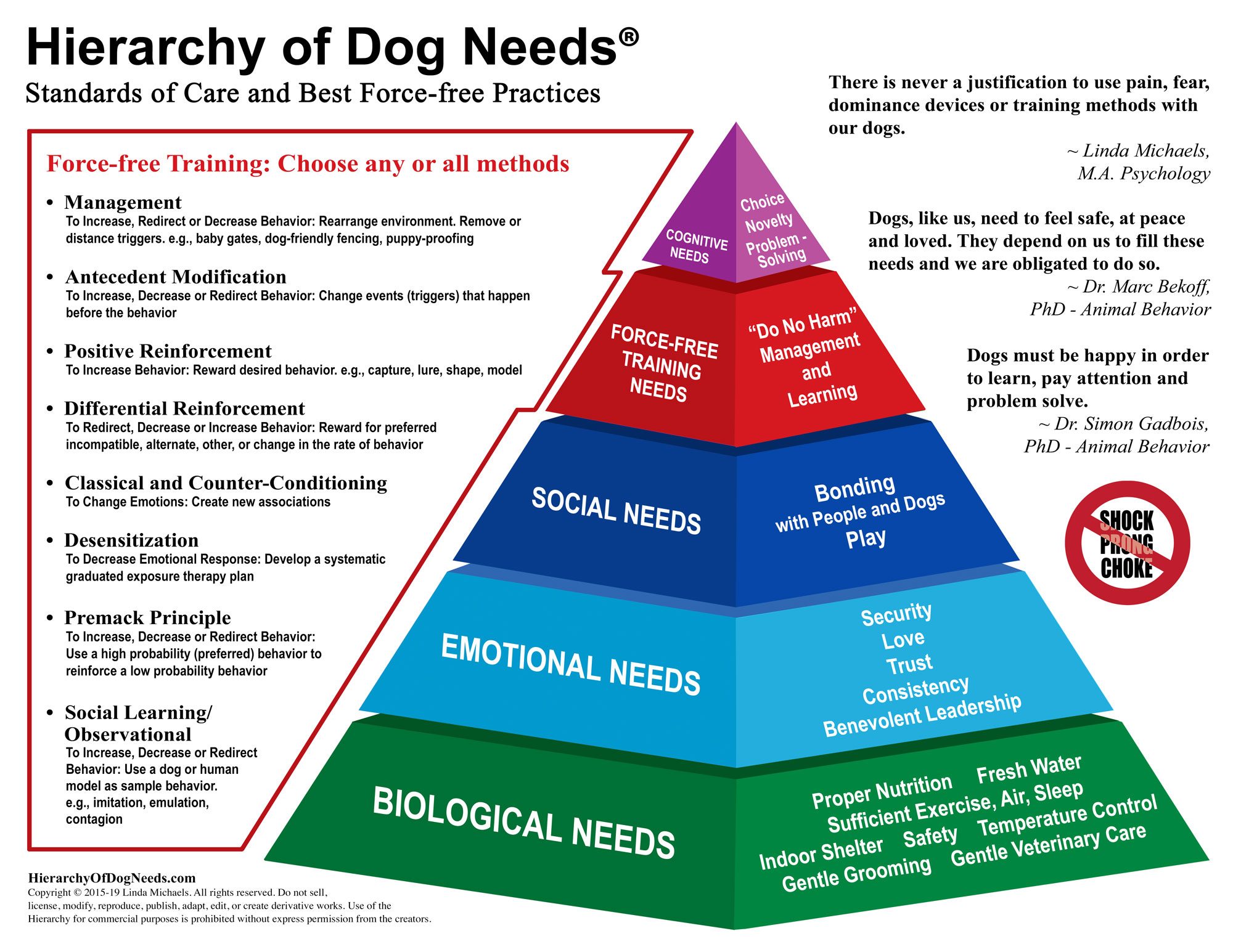
Based on Maslow’s spectrum of human needs, experimental psychologist and force-free dog trainer Linda Michaels created her version of the
Hierarchy of Dog Needs®, a “Wellness and Force-free Behaviour Modification Guide” for pet professionals, pet parents or anyone working
with animals. According to Michaels, “research shows that when biological needs, safety, and belongingness needs for social animals are met,
they are far less likely to display abnormal behaviour.”
So how do we help dogs live a happier life? Let’s look at each basic biological need, one by one.
1. PROPER NUTRITION
Dogs are omnivores, which means that their diet consists of both animal and plant origin. Domestication of dogs started over 10,000 years ago, when our ancestors started to befriend wild dogs and the long co-evolution of the two species started. Dogs initially ate human scraps, so for a very long time, their diet has been very similar to ours.
Today, there is a myriad of commercially made soft, tinned, refrigerated or frozen meals available for dogs. Some pets need a special vet prescription diet based on their medical needs (e.g. kidney or digestive care, hypoallergenic, weight loss diet).
Puppies especially need a well-balanced diet to help them grow into healthy adults. It is vital to feed large and giant breed puppies with
large breed puppy food to avoid issues such as hip dysplasia or bowed legs.
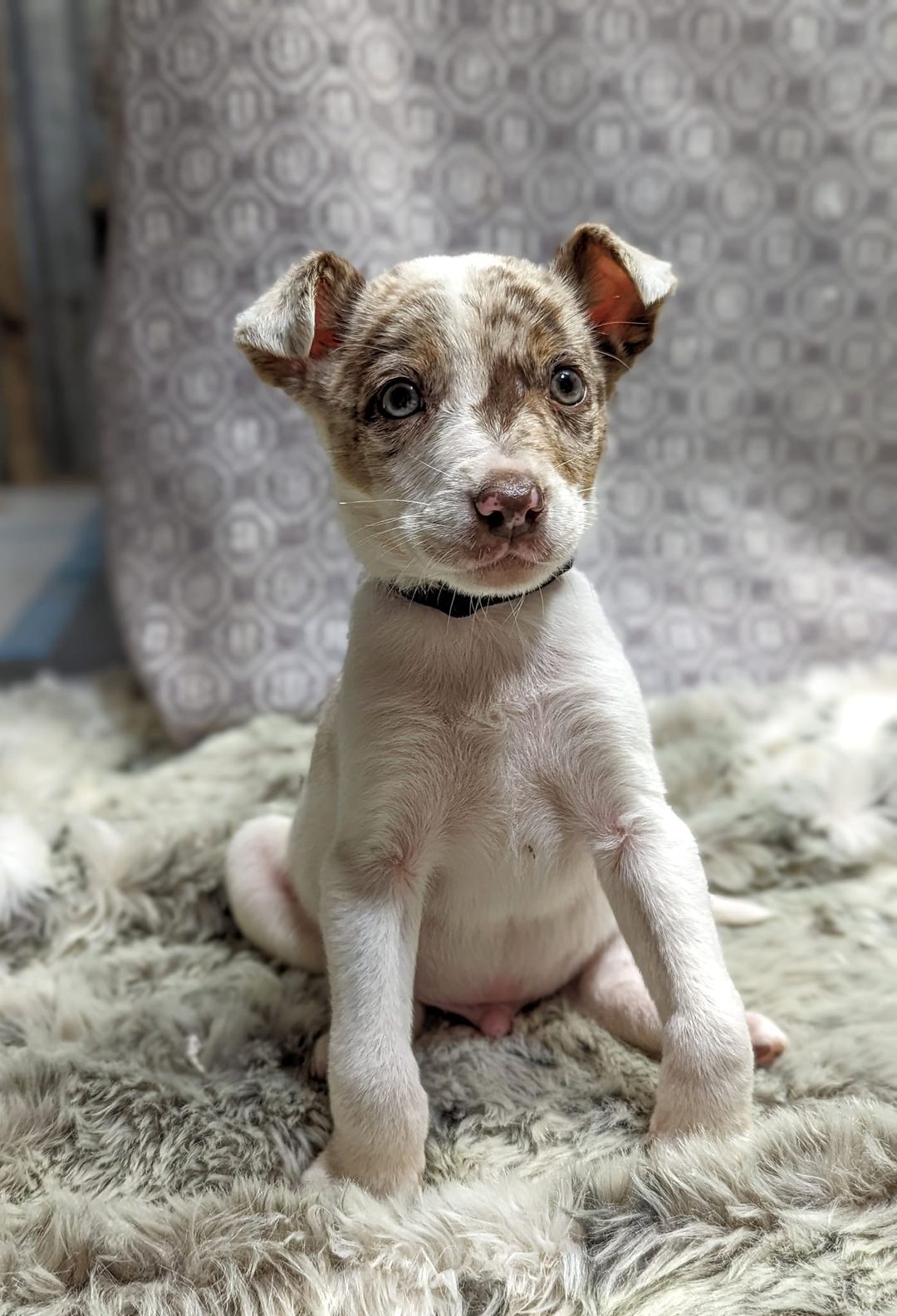
Do you have a fussy eater? You are not alone. Palatability – the taste, smell and texture of food – is indeed important to dogs. Earlier
research concluded that dogs prefer meat over cereal-based diet and preferred beef, pork and lamb followed by chicken (Houpt et al., 1978).
The same study found that most dogs would choose raw meat over canned food and their last option would be cooked meat. This doesn’t mean
that you have to feed your dog raw meat nor should they be on a grain-free diet unless your veterinarian advised to do so (find out more
about the risks of feeding a grain-free diet here). In fact, the latest research has shown that
diets that are too high in protein (even though they sounds great in marketing material) causes serious issues with heart (Dilated
Cardiomyopathy) and kidney (Renal Failure) health.
A well-balanced, complete diet based on your dog’s individual needs is fundamental for their overall well-being. If you choose to cook or
supplement your dog’s food with raw or home made meals, it is always to consult a veterinarian or qualified pet nutritionist to ensure
you’re feeding a proper diet suited to your dog.
2. FRESH WATER
There is not a lot to explain about providing fresh water at all times to dogs. The human body consists of approximately 50-80% water, and it is the same for dogs. We need water for digestion, to absorb nutrients, to regulate our body temperature and to survive, really. Dehydration is a serious condition that can lead to death if not treated in time.
Basic water intake for dogs is approximately 50 ml/kg. Depending on their activity level, physical health, age, humidity, and air temperature those requirements go up. It is recommended to change the water daily and give water bowls a good wash each time to prevent potentially toxic algae from growing in them.
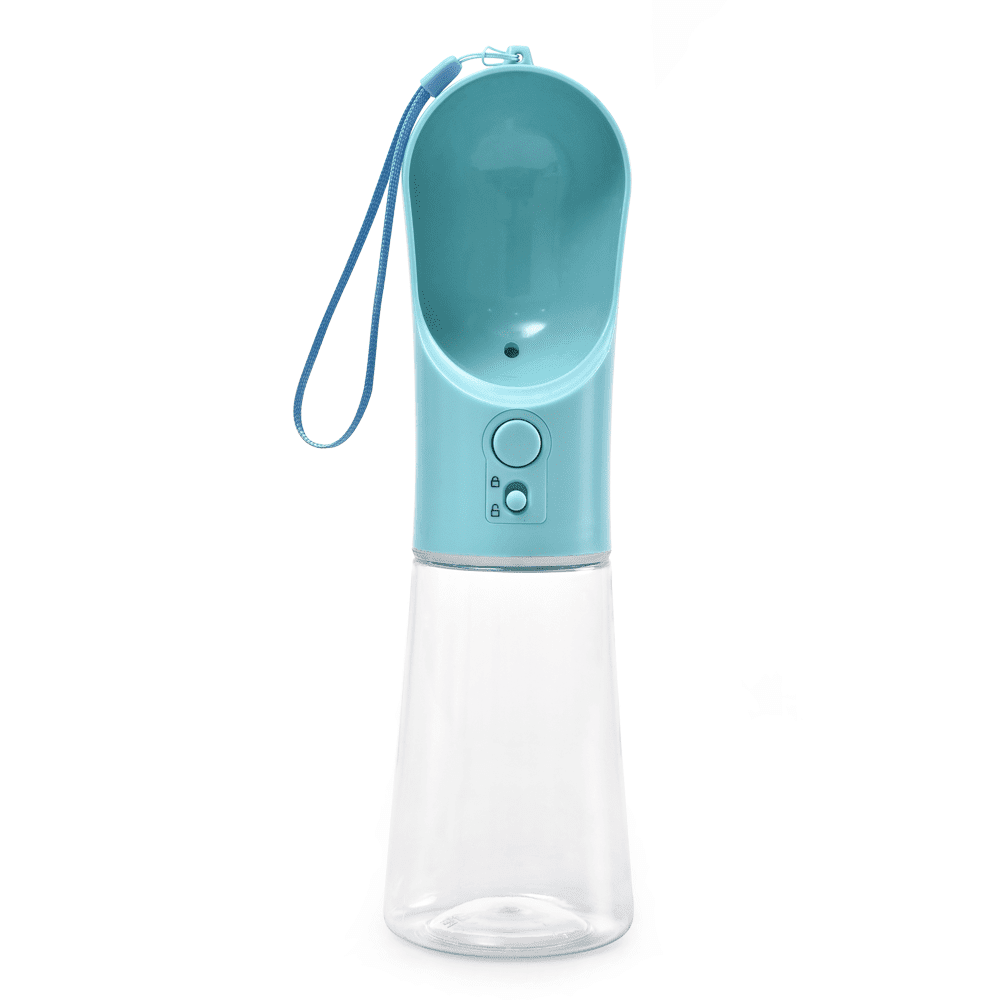
If you visit dog parks, it is a good idea to change the water and minimally give a quick rub to the water bowl as it can harbour some nasty
bacteria such as Leptospira, E.coli or Salmonella bacteria. Better yet, using your own dog water dispenser or water bowl is the safest
options to reduce catching any nasties or getting into a fight over the single water bowl for multiple dogs at the park.
3. SUFFICIENT EXERCISE
Every dog is an individual and the amount of exercise depends on their breed, age, activity level, physical and mental health. There are
different types of exercise, such as:
Learning new cues or tricks is not only great for the mind, but can also be hard work physically, especially if the training involves more active behaviours such as recall, agility, flyball, doggie parkour, or scent work.

Some dogs get so excited when they hear the word “walk”, whilst others may be less social and may be nervous, fearful or agitated by seeing
other dogs on walks. Reactive dogs often benefit from less frequent, shorter walks or going out at quieter times to avoid meeting other
canines. Pet parents are encouraged to do different types of activities with dogs who don’t enjoy suburban walks – more playtime at home,
training new cues or driving to a quieter area.
4. AIR
Not much to explain here – the reason we exist on Earth is because the atmosphere makes it possible for us to exists here. Almost all animals (except a few really unusual ones like the recently discovered Henneguya salminicola, an 8-millimeter parasite that infects the flesh of Chinook salmon) rely on oxygen in the air to survive. Dogs are certainly one of the oxygen-loving variety. We also need plants to photosynthesise the carbon dioxide animals exhale, so without them, neither we nor our best friends would survive.
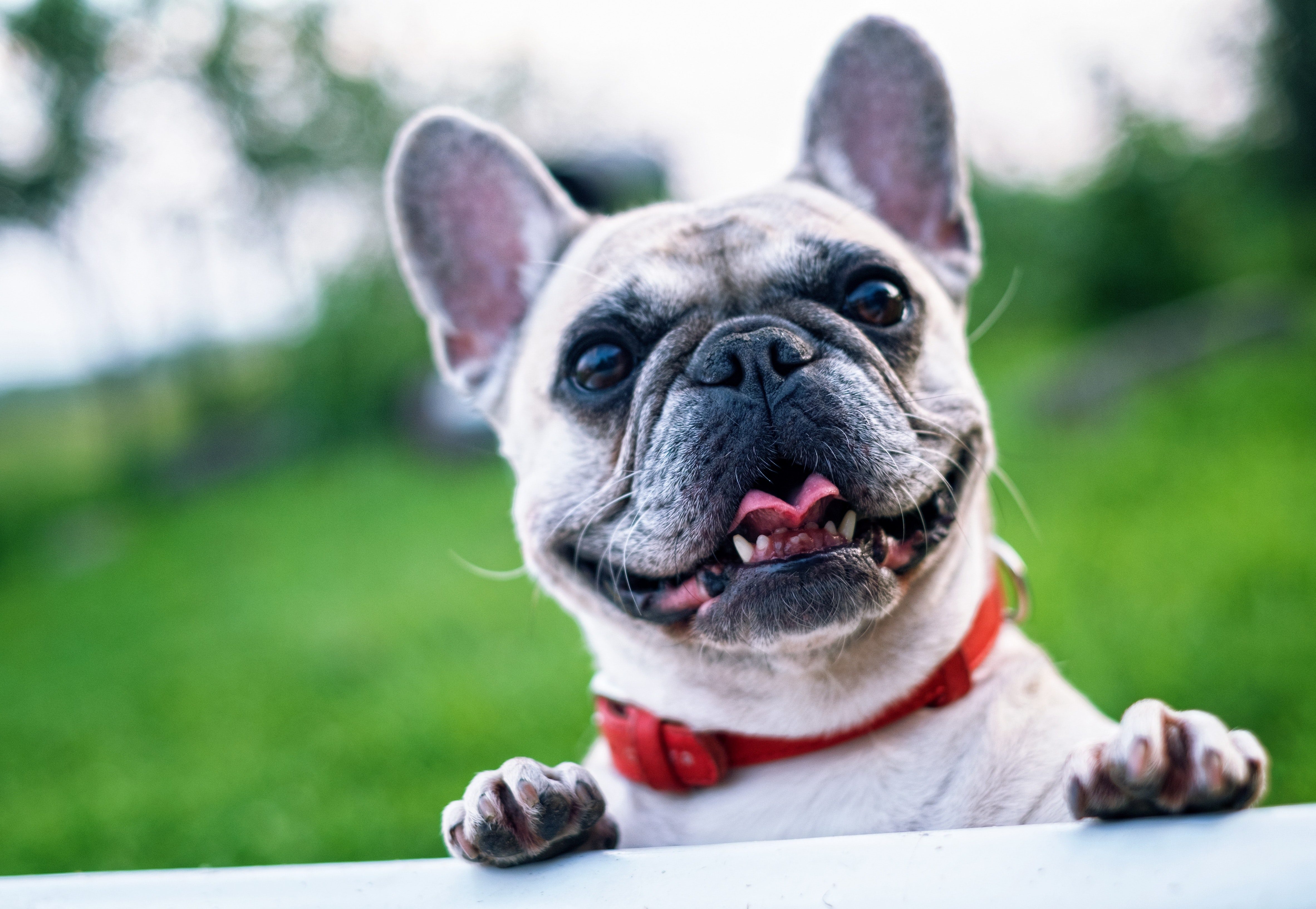
Due to selective breeding of dogs, humans created flat-faced (so called brachycephalic) breeds that are very popular nowadays.
Unfortunately, these poor puppas are extremely susceptible to breathing problems. A snoring or heavily panting Pug or French Bulldog is not
cute – it is a sign that they don’t get sufficient air. Many short-nosed dogs will require surgery sooner or later to help them breath.
5. SLEEP
Generally, the daily routine of dogs consists of active and resting periods. They usually sleep during the night but can adjust to their owner’s biorhythm. Dogs generally are more active in the early hours of the morning and late afternoon / evening. They may spend a lot of their time lying down and only sit for a short period of time. Domestic and confined dogs sleep more than their free-ranging relatives.

Dogs, on average, need about 16-18 hours of sleep or rest per day for healthy functioning. The amount of actual sleep an individual dog gets
depends on several factors:
6. INDOOR SHELTER
Dogs, just like us, need shelter from the elements to feel safe and comfortable. Rain, heat, cold, humidity or mouldy conditions affect our dogs too.
In summertime, a breezy trampoline bed in the shade may be preferred for outdoor dogs. Allowing senior dogs, young puppies and brachycephalic breeds such as Bulldogs, Boxers, Shih Tzus (anyone who can’t regulate their body heat sufficiently) to stay inside in the air conditioning is necessary for their health and wellbeing.
In colder months, a warm and cuddly soft bed may be the favourite spot for most dogs, sometimes even under the doona... (Which is fine as long as you are consistent and there are no safety concerns with your dog sleeping on the bed.)

7. SAFETY
Some animals are prey species, some predators. Dogs are natural predators and scavengers. A lot has changed since domestication, and few have the typical hunting sequence of stalking, chasing, killing and eating prey any more.
Being highly social animals and having evolved alongside humans, we’ve developed a symbiotic relationship with dogs, which is mutually beneficial for both of us. They protect us, and we protect them too.
Dogs can become stressed and fearful in various situations, such as during thunderstorms or going to the vet. While some environmental factors are unavoidable, we can certainly help our pets feel more comfortable by allowing them inside in a storm or providing them a safe place outside. The stress of vet visits can also be eased by doing a few “happy visits”, when nothing scary happens but only positive experiences, such as kind words from staff, pats (if they like it), and of course plenty of high value treats to make a positive assciation.

Dogs may also be afraid of certain people, other animals, car rides – anything really. If you notice that your dog is showing signs of
stress, move them away from the situation so they feel safer. Forcing them to overcome their fears by repeatedly exposing them to the fear
provoking stimulus is likely to do more harm. They’re more likely to be sensitised to the “trigger” rather than getting them used to it.
A suitably qualified and experienced behavioural trainer can help you with a systematic desensitisation or counter-conditioning program.
However, if your dog is triggered on a daily basis, and you can’t avoid those stressors, it is best to seek a behaviour veterinarian as it
may be a sign of an underlying mental health disorder (yes, dogs can also have mental health problems just like humans).
8. TEMPERATURE CONTROL
Dogs come in different shapes, sizes and have different coat types from virtually naked (e.g. the Mexican hairless dog) to a woolly Alaskan Malamute who was bred to withstand extreme cold conditions.
Some individuals, based on their size, age or health status feel the cold or heat more than others. Small breeds, young puppies, senior dogs, underweight dogs, or naturally leaner breeds (like Whippets, Greyhounds) don’t regulate their body temperature as well as others, and need a jumper in colder weather.
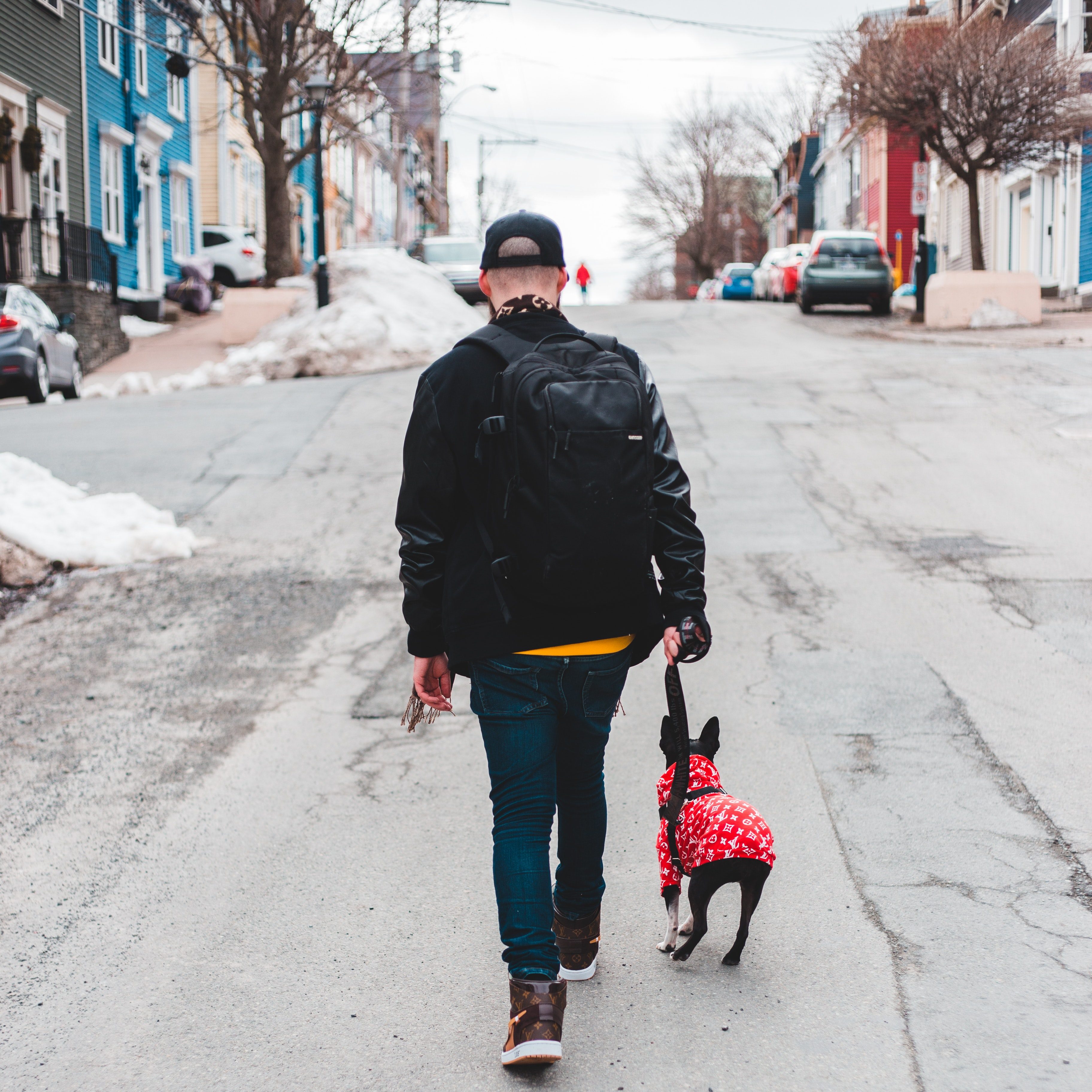
9. GENTLE GROOMING
Dogs groom themselves to remove loose hair when shedding, to cool their bodies in hot weather or to get rid of ectoparasites and bacteria causing wound infections. They also need occasional (or more regular) nail clipping or anal gland expression. Unfortunately for most dogs, they also have to put up with people’s expectations about how they look and smell. If you asked your dog, they would probably choose a nice pile of kangaroo scat as their favourite perfume over a frangipani-scented doggie cologne.
As a result of the changing human-dog relationship, dog grooming has become a huge business. Despite the abundance of grooming salons and pet spas, it is sometimes more difficult to get an appointment for pets than it is for humans! It is even harder to find a gentle groomer, who takes their time or modify their handling skills to cause as little stress to pets as possible.
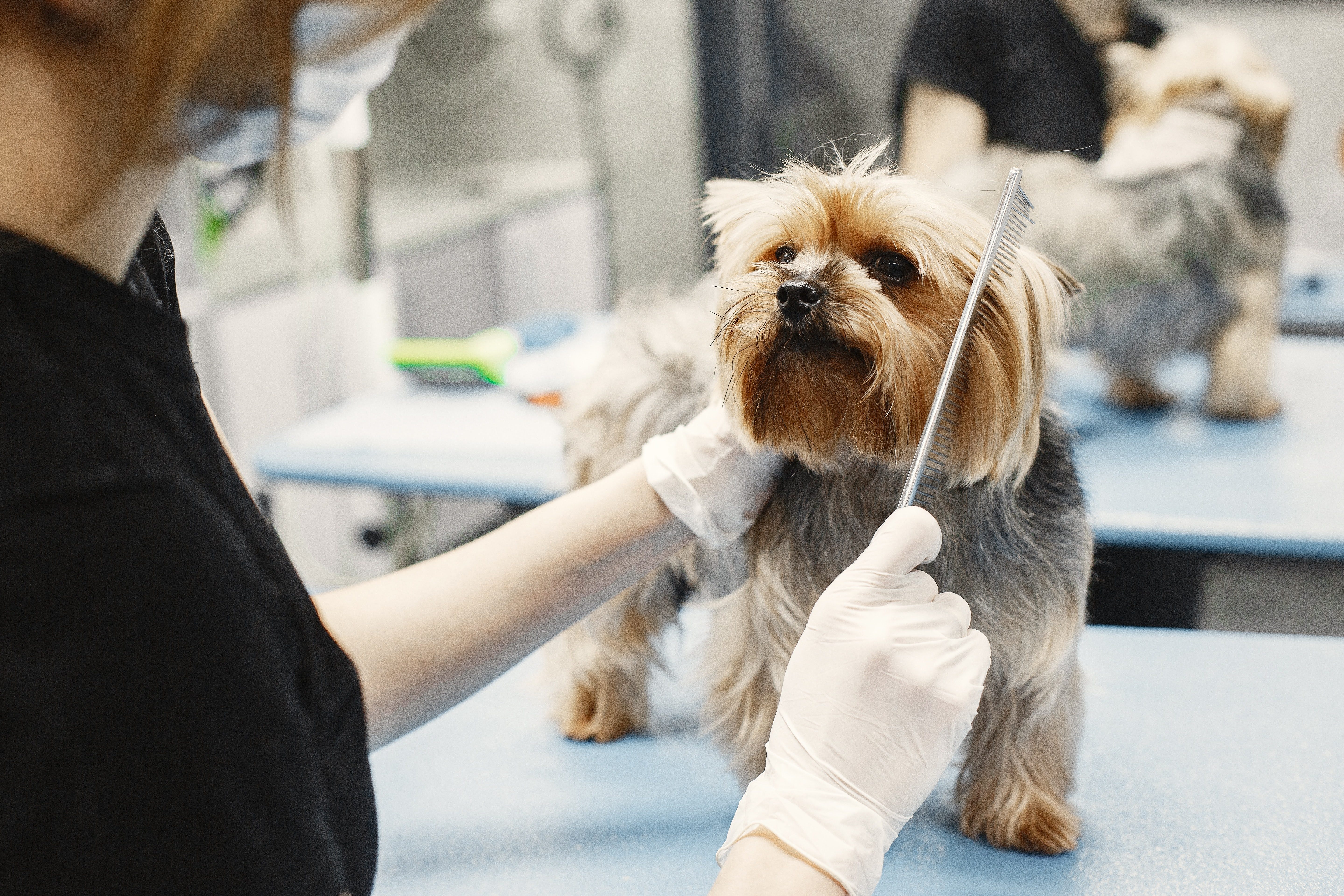
Some grooming salons are like an assembly line – in and out as quickly as possible, meeting client needs without considering the welfare of
the animal. How often do we hear dogs yelp or bark while they are being groomed? This can be a sign of a highly distressed animal. It’s far
better to choose to pick up a half groomed wet dog than a beautifully groomed but shaking one that hates going to the groomer. (Just watch
their reaction of getting out of the car… Do they want to go in or do they want to stay? The answer is in their body language!)
At the time of writing this article, there are only two Fear Free certified groomers in Brisbane and we need a lot more...
10. GENTLE VETERINARY CARE
New puppy owners have a huge role to play in helping their pups feel less stressed during veterinary visits. Preparing dogs for husbandry behaviours as early as possible means less stress for the pet, fewer injuries for vet staff and happier clients.
As early as possible, owners should be gently handling their young pups (teeth, eyes, ears, nails) using lots of yummy treats so they get used to hands touching various body parts. Good puppy schools promote gentle handling and positioning of pups, or better yet, less restraint and more cooperative care training. Getting dogs used to wearing a comfortable basket muzzle is also beneficial should they need it later.
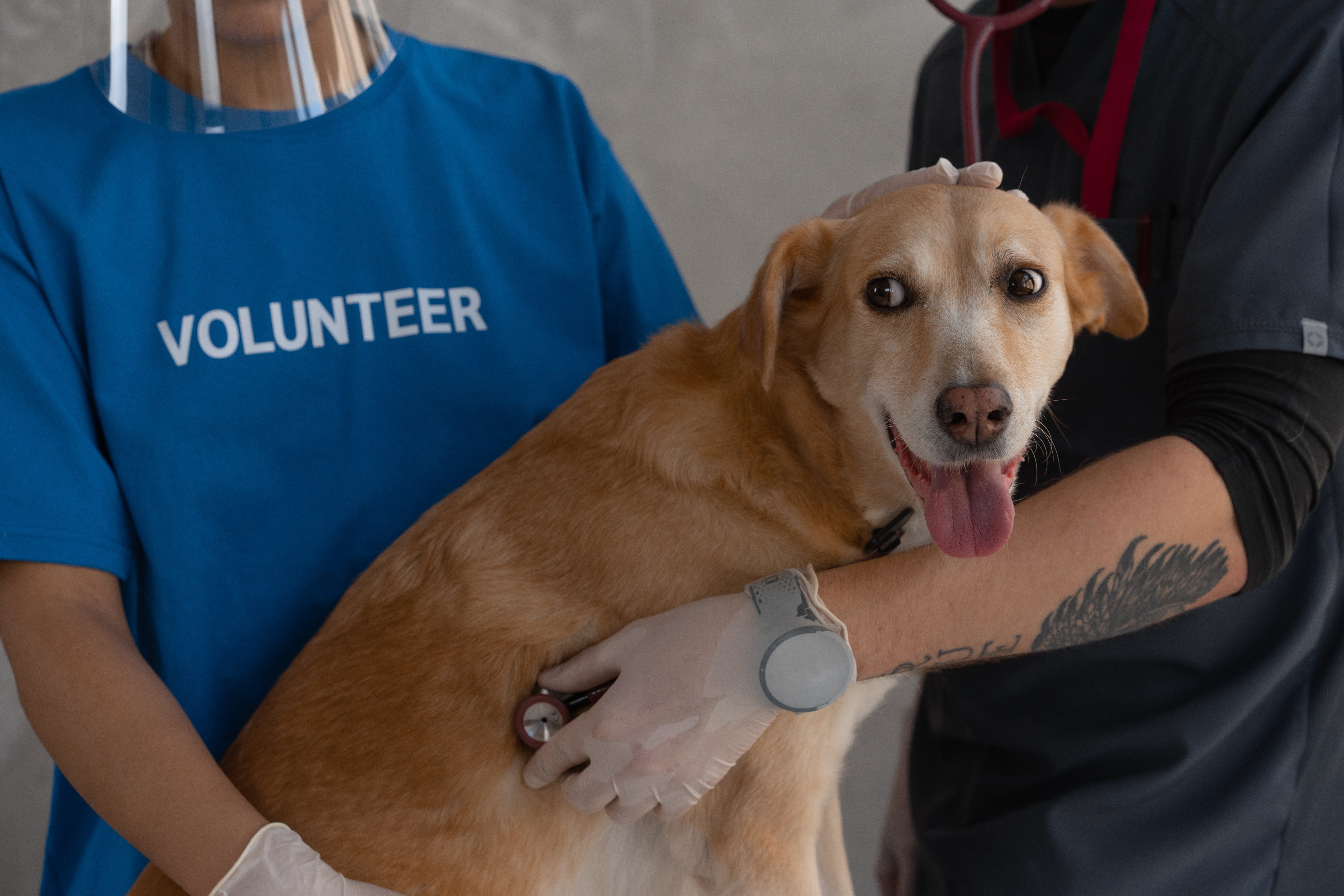
Similarly to groomers, the vet industry is slowly evolving towards a less forceful, more force-free approach of using considerate approach,
touch gradient and treats as part of physical exams. Thankfully, the list of Fear Free certified veterinarians and vet practices is quickly
expanding around the world.
(+1) 11. TOILETING
This is my addition to the basic biological needs as I believe it is important to recognise that healthy dogs, given the choice, are very clean animals.
Newborn puppies cannot eliminate on their own – their mom stimulates their anogenital reflex by licking, which results in urination and defecation. She then ingests the puppies’ waste to keep the nest area clean. That sounds pretty gross, but helps to keep harmful bacteria and parasites at bay. By three weeks of age, puppies are able to go further from the bed and learn to eliminate on their own. By nine weeks, they try to use the same area as their mom, which is usually outside, away from the whelping area.
It is vital for the success of toilet training that we give dogs options and free access to adequate toileting areas. Very few dogs choose to urinate or defecate where they sleep or eat (unfortunately, dogs in shelters don’t have much choice). Entire males urinate three to four times more than females, and most of them use the typical hindleg lift posture after sniffing the ground/object before urinating on it.
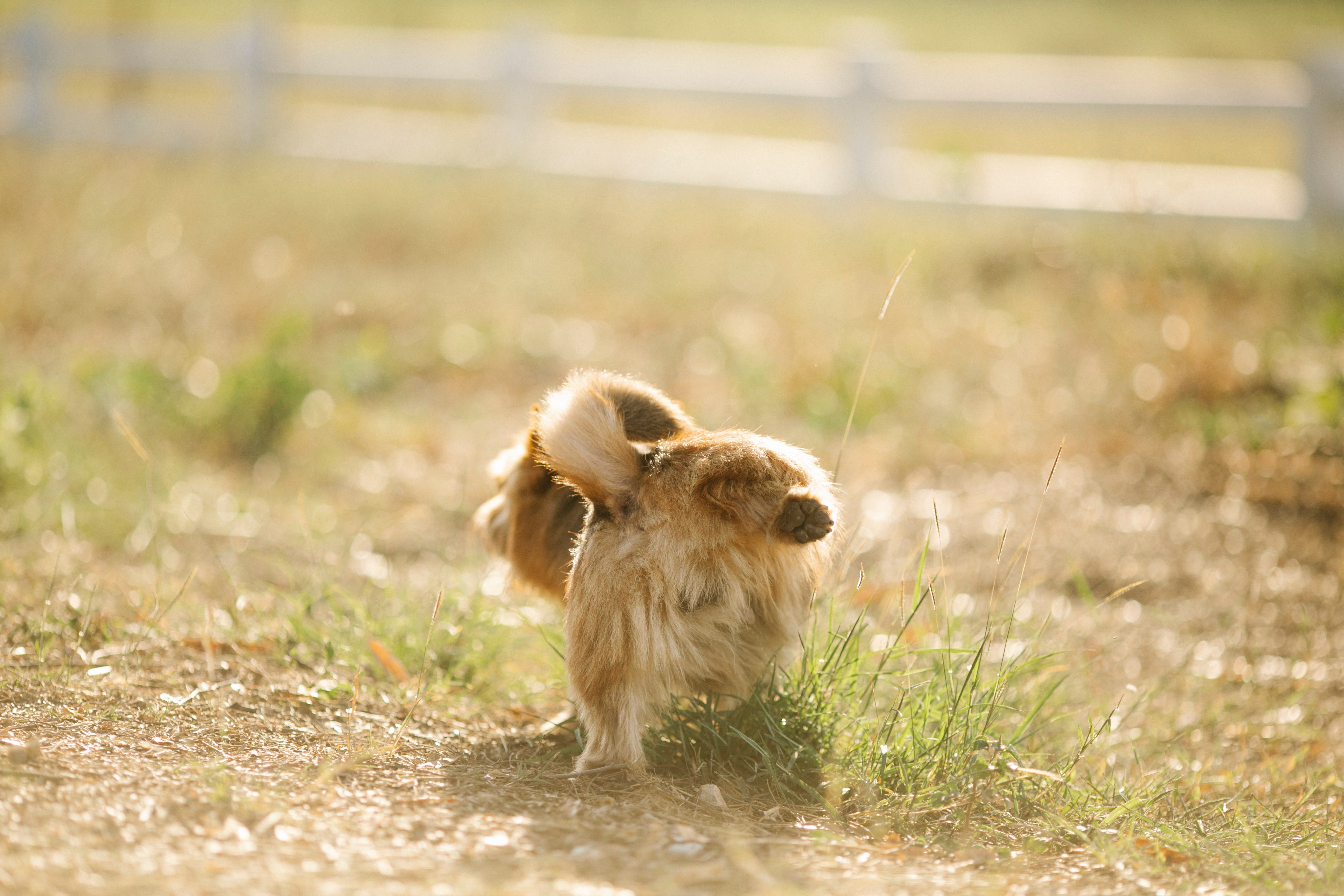
Adult dogs defecate usually 2 to 3 times a day and like the number one business, dogs prefer to eliminate on grass or natural surfaces, away
from resting and meal areas. And a bit of a fun observation (if anyone has cats they know what I mean): my dog Bindi prefers to poo straight
after I pick up all her nuggets – talk about a clean toilet!
CONCLUSION
Now that you know what the basic needs for dogs are, let’s do a bit of self-assessment.
If you answered “yes” to all of the above, then we can move onto the next level of the pyramid, to “emotional needs” of dogs.
Written by Bea Labady MA CPDT FFCP